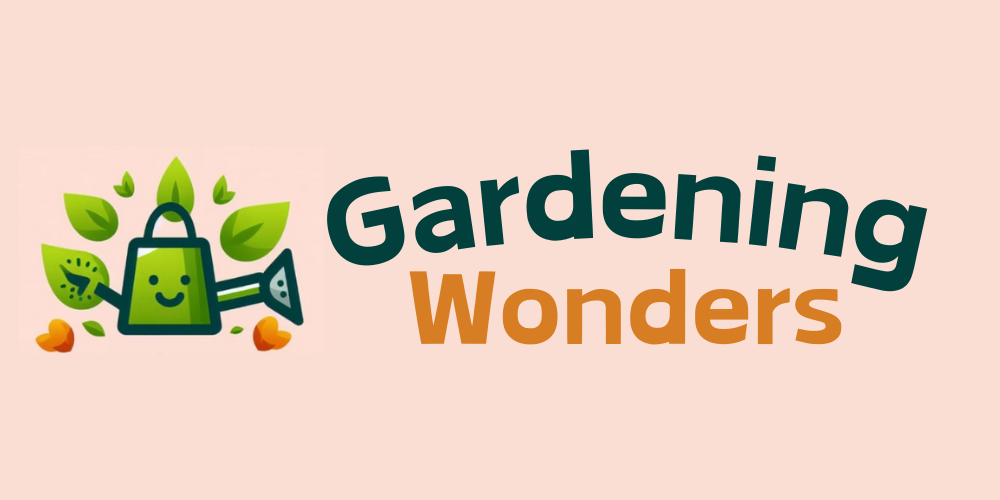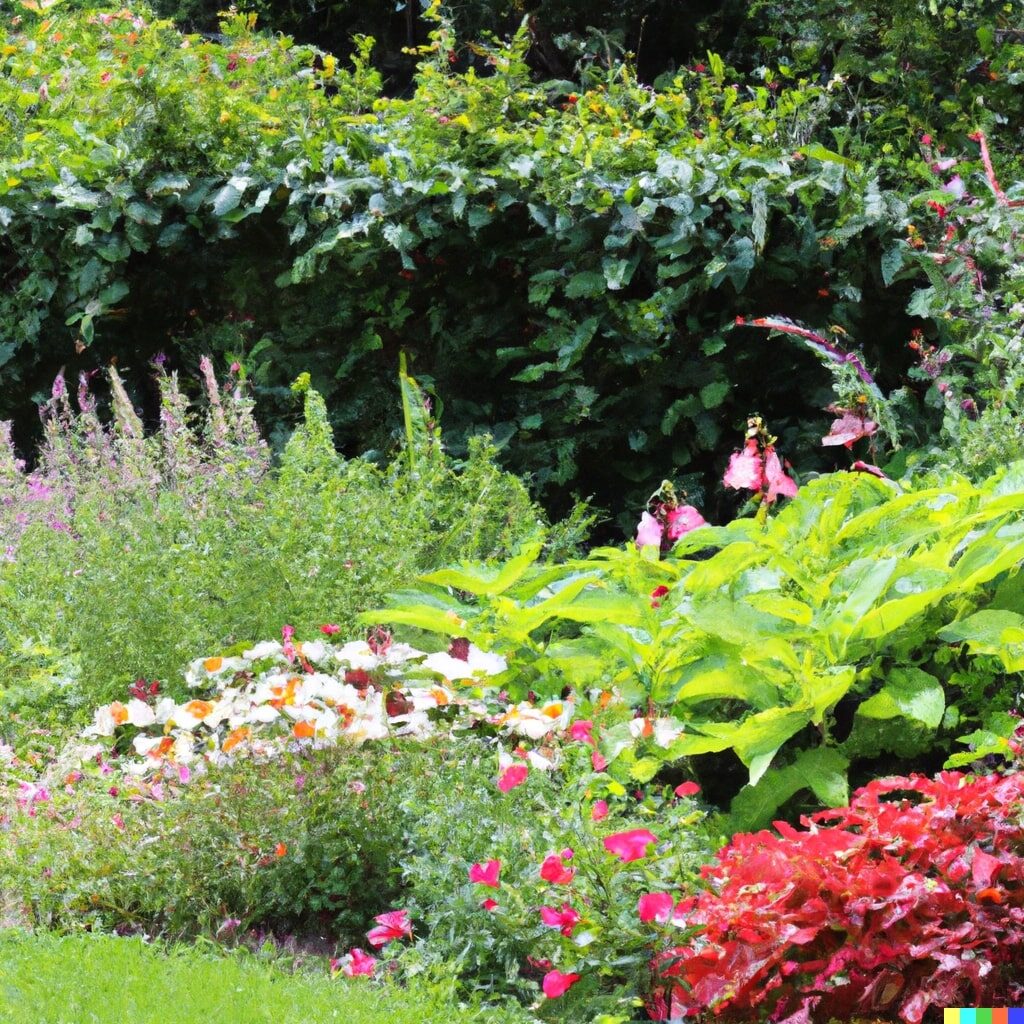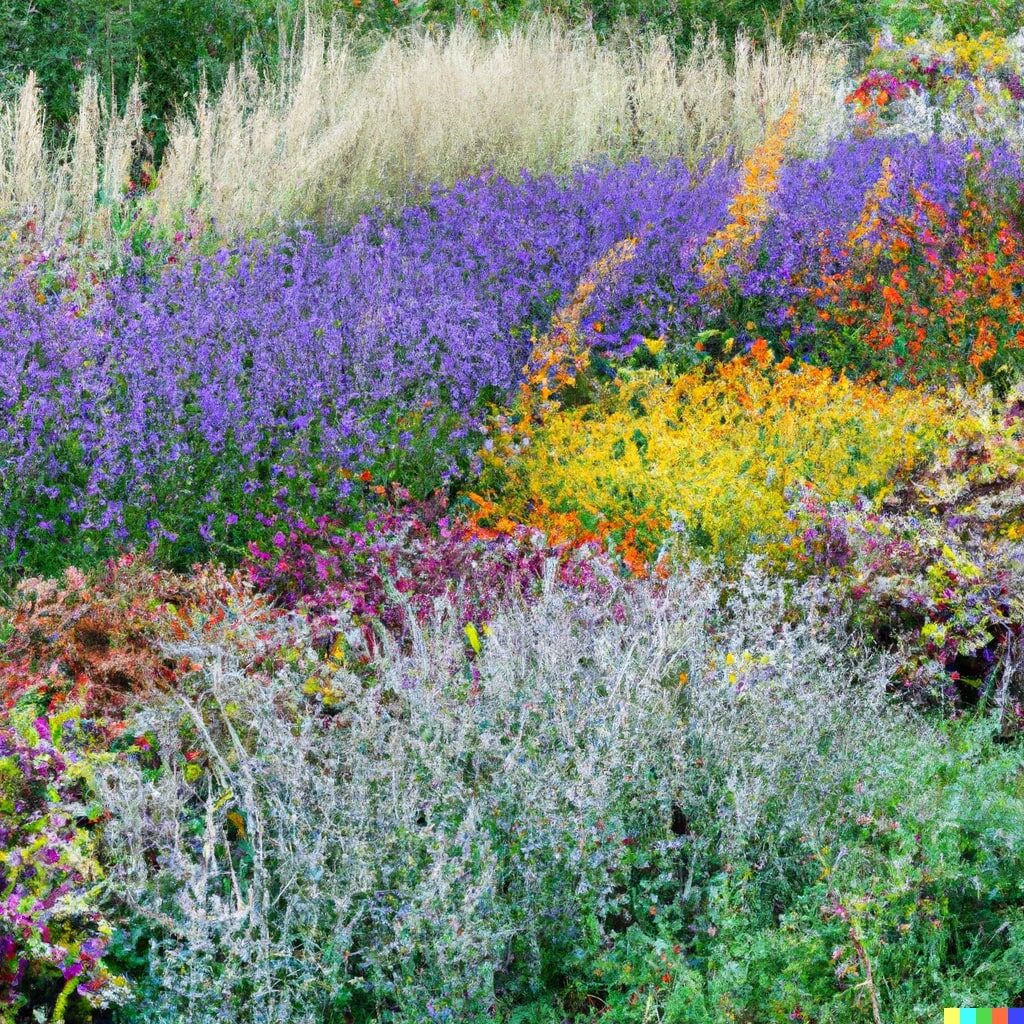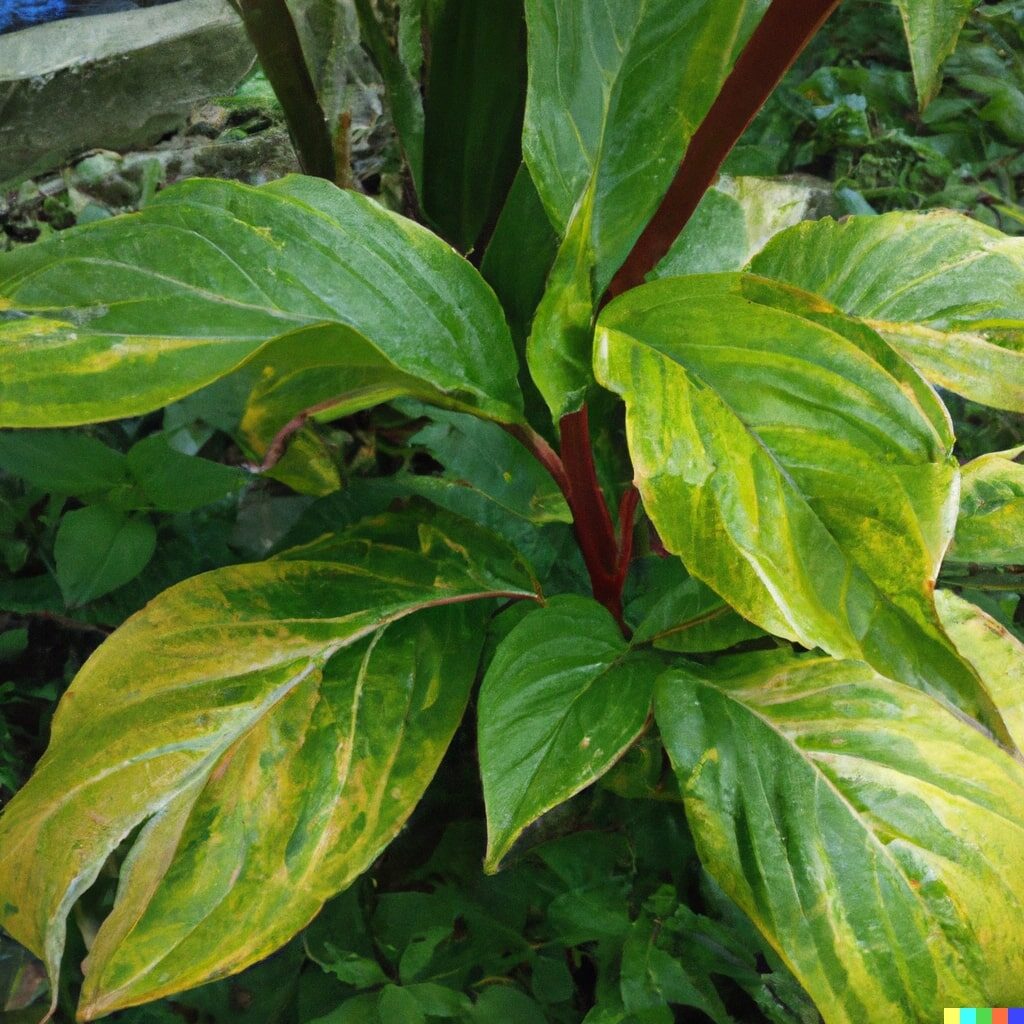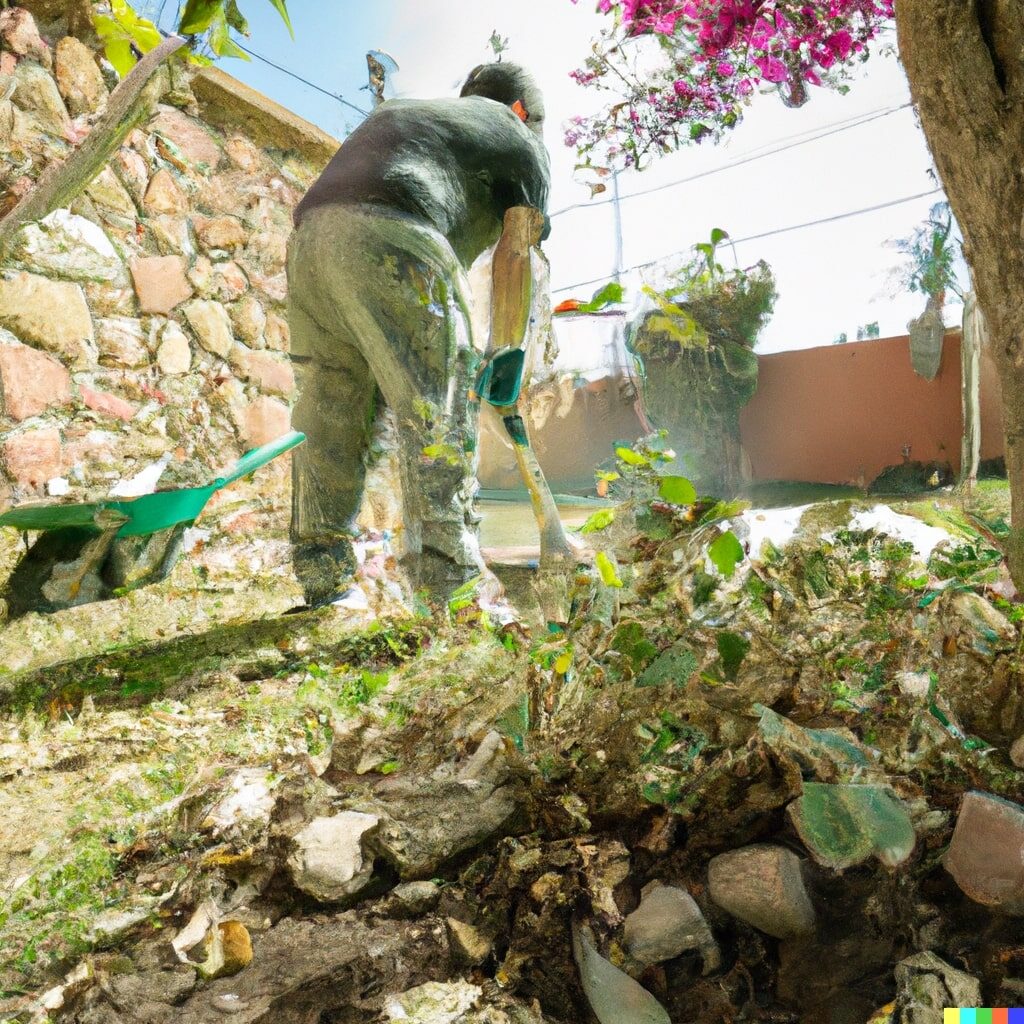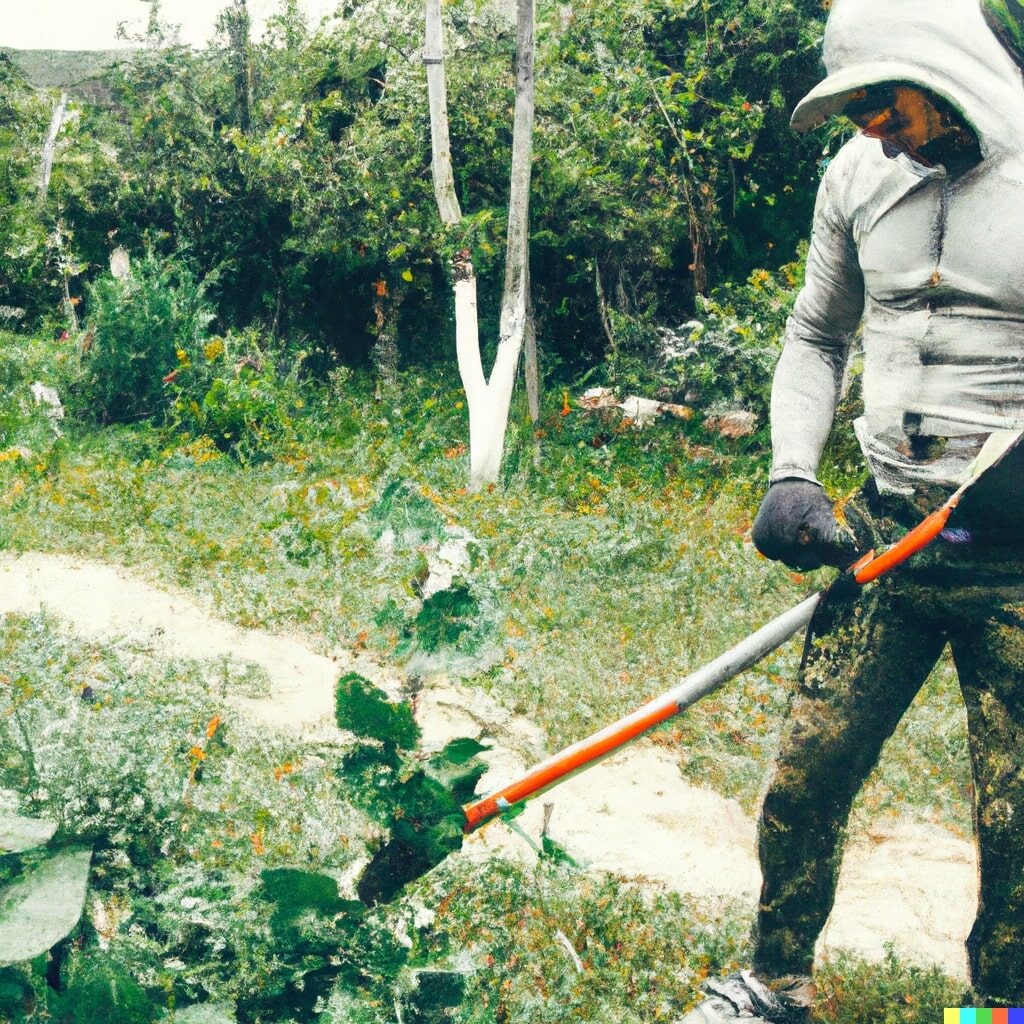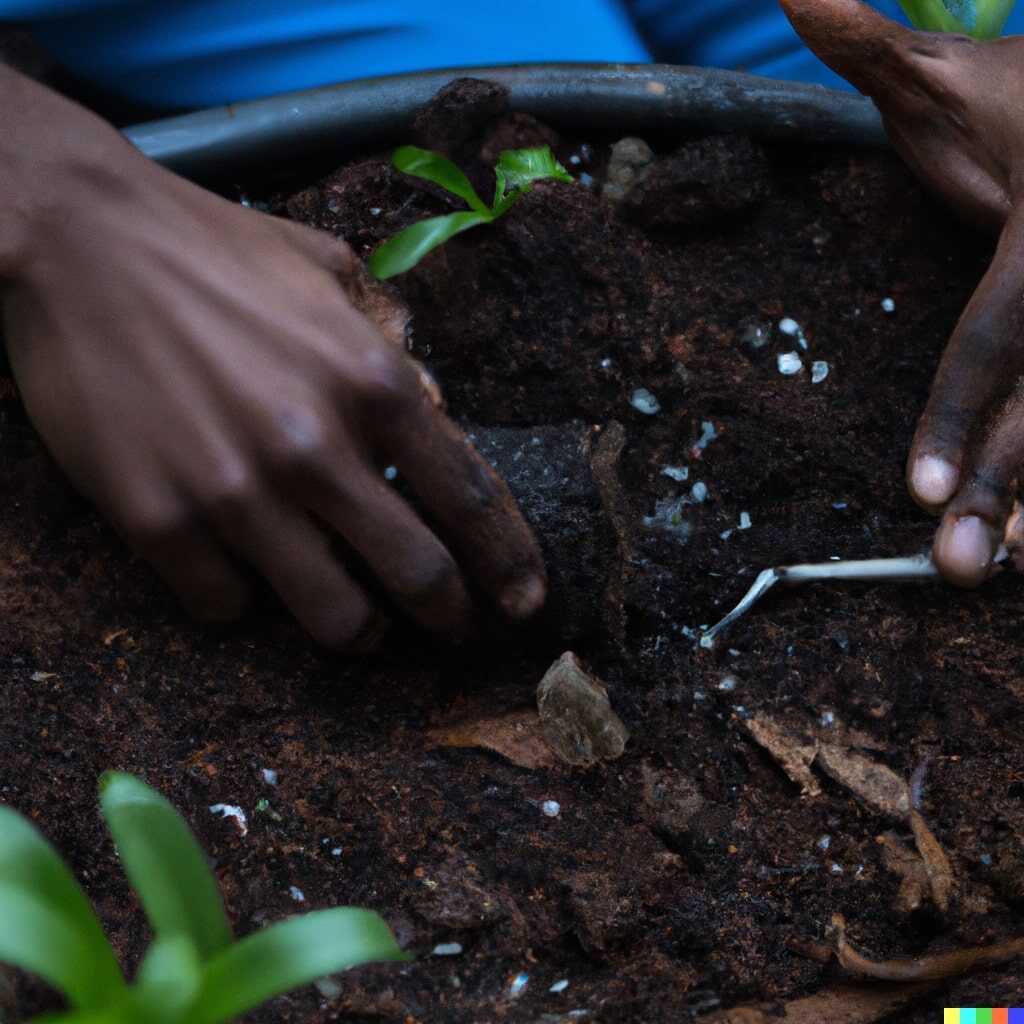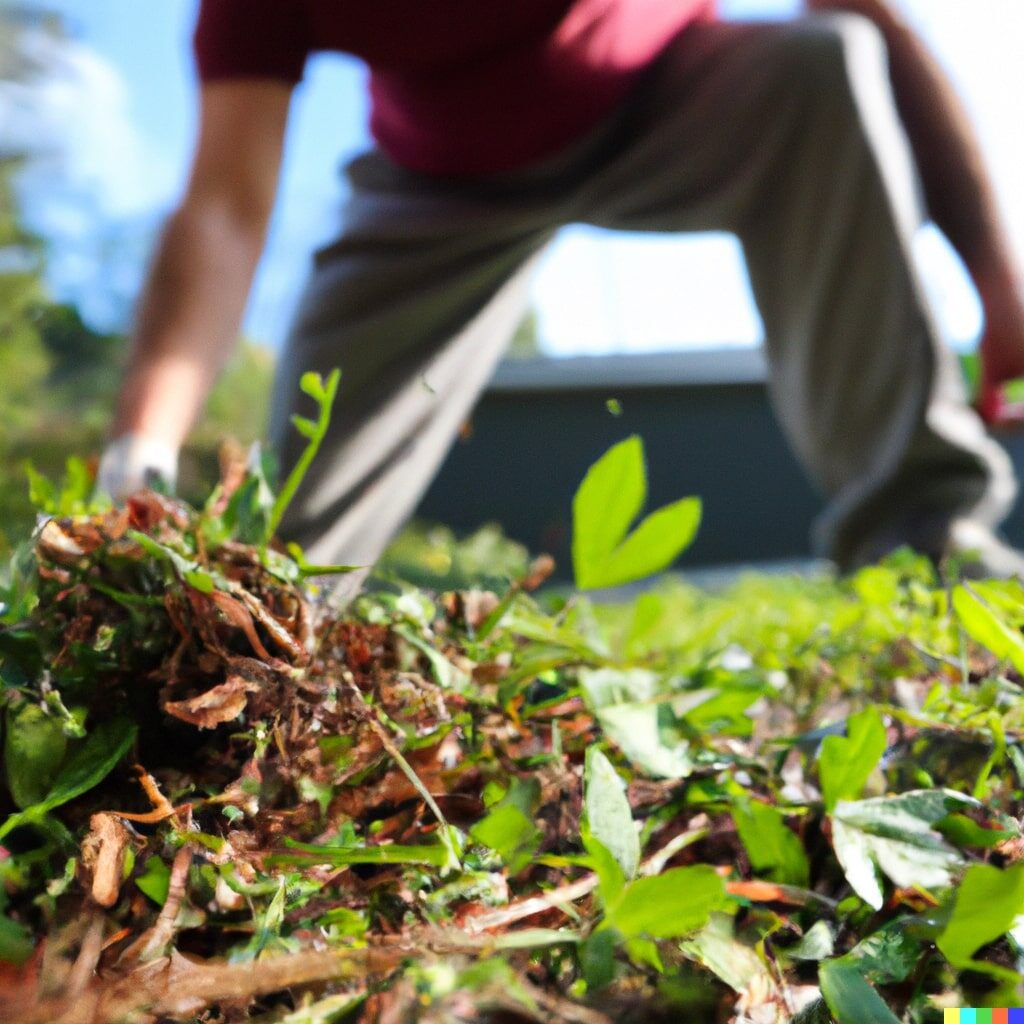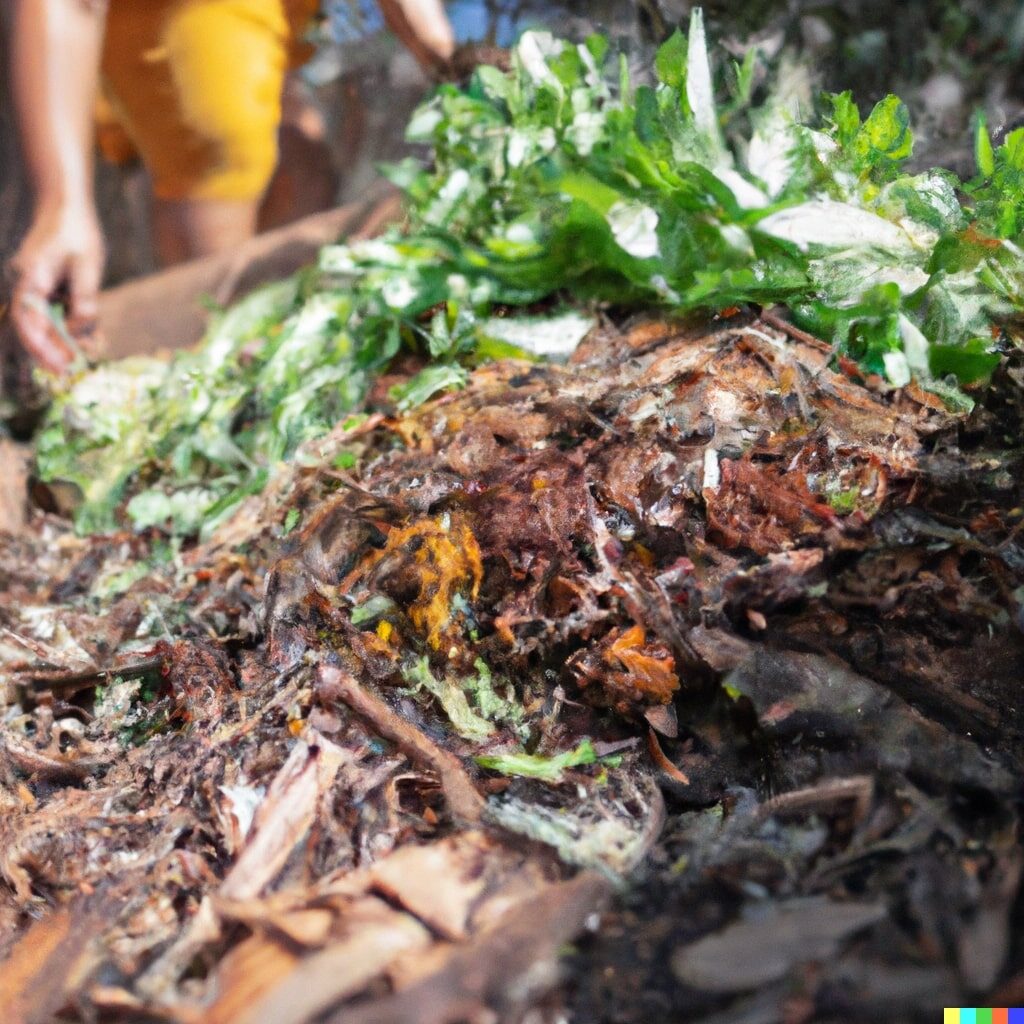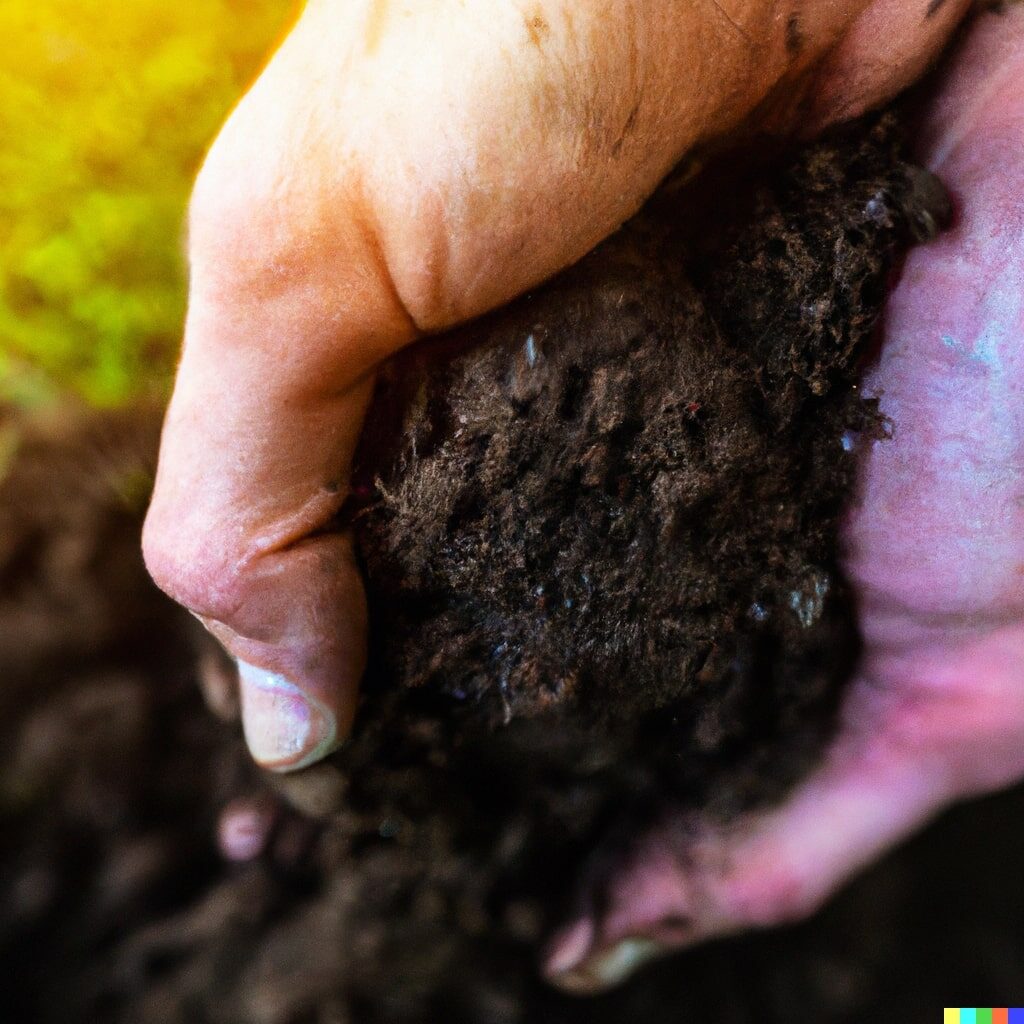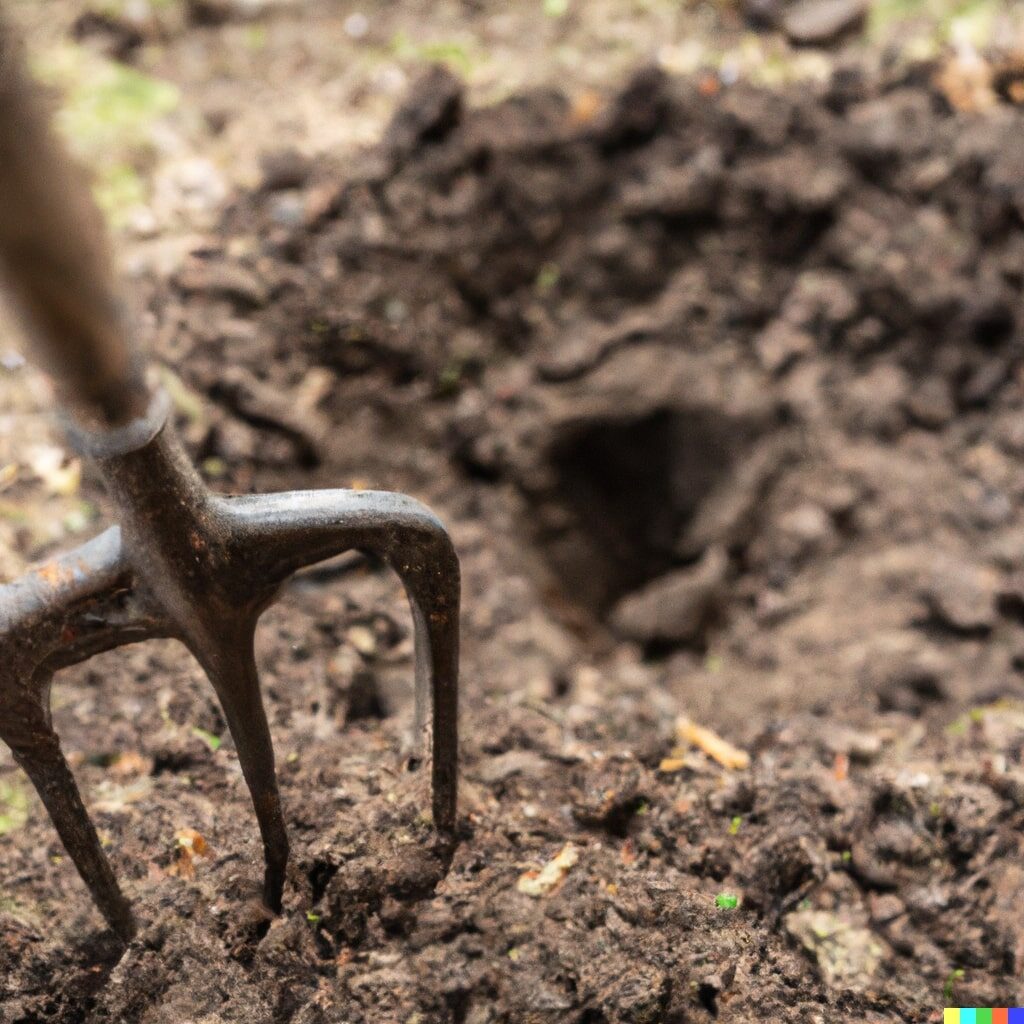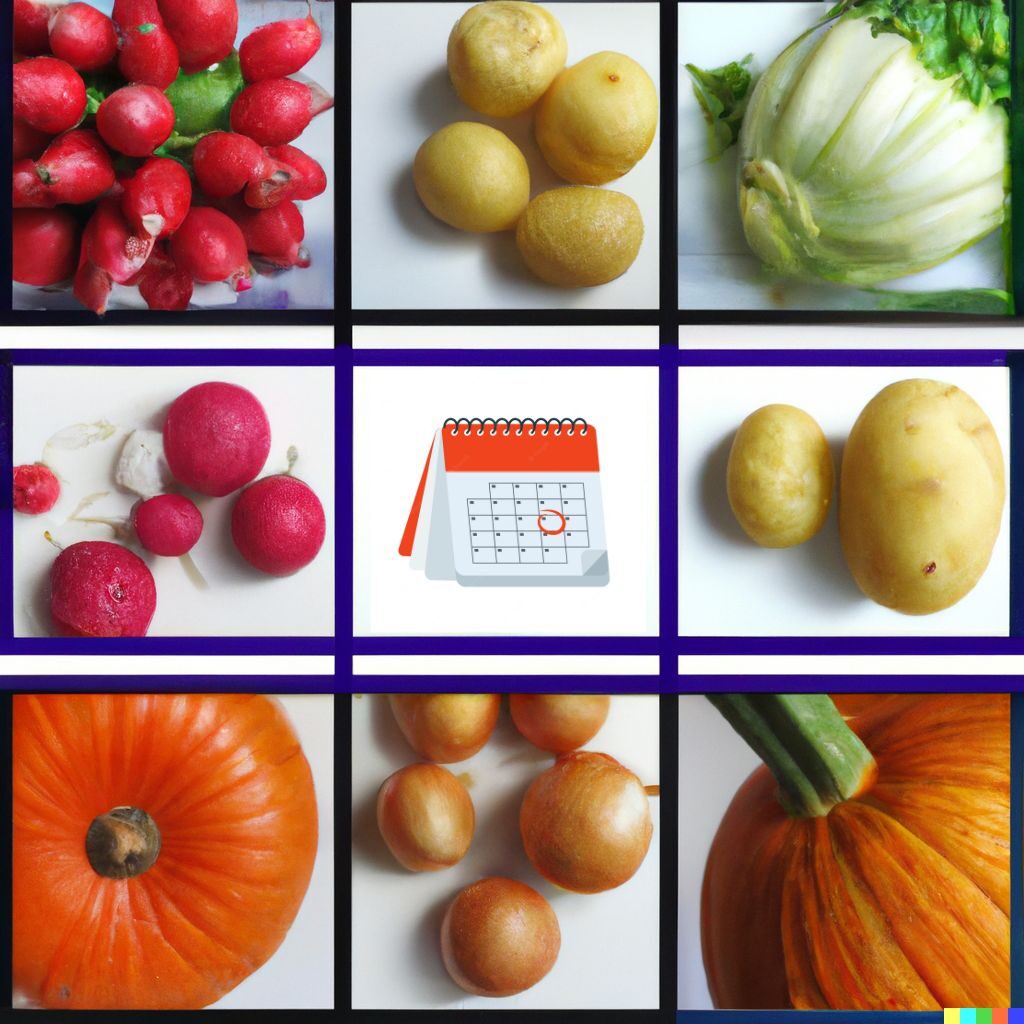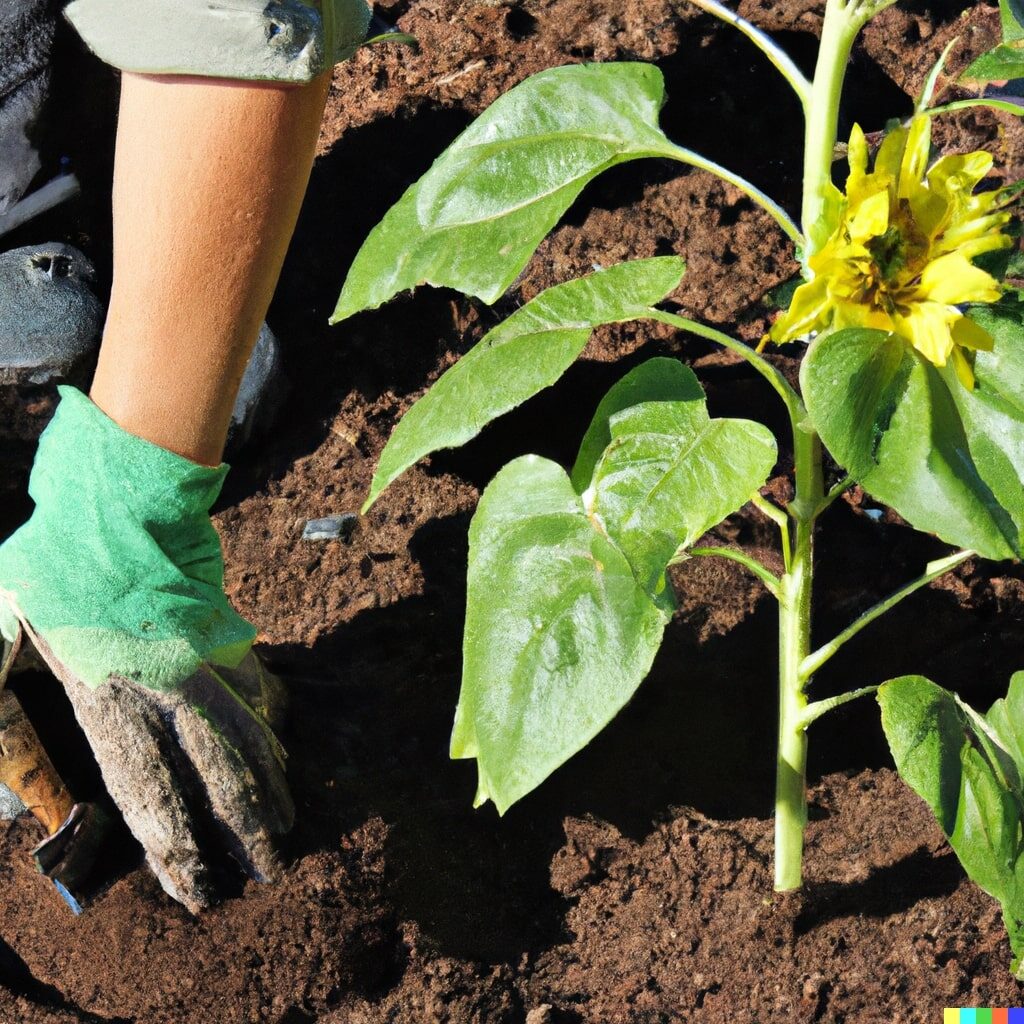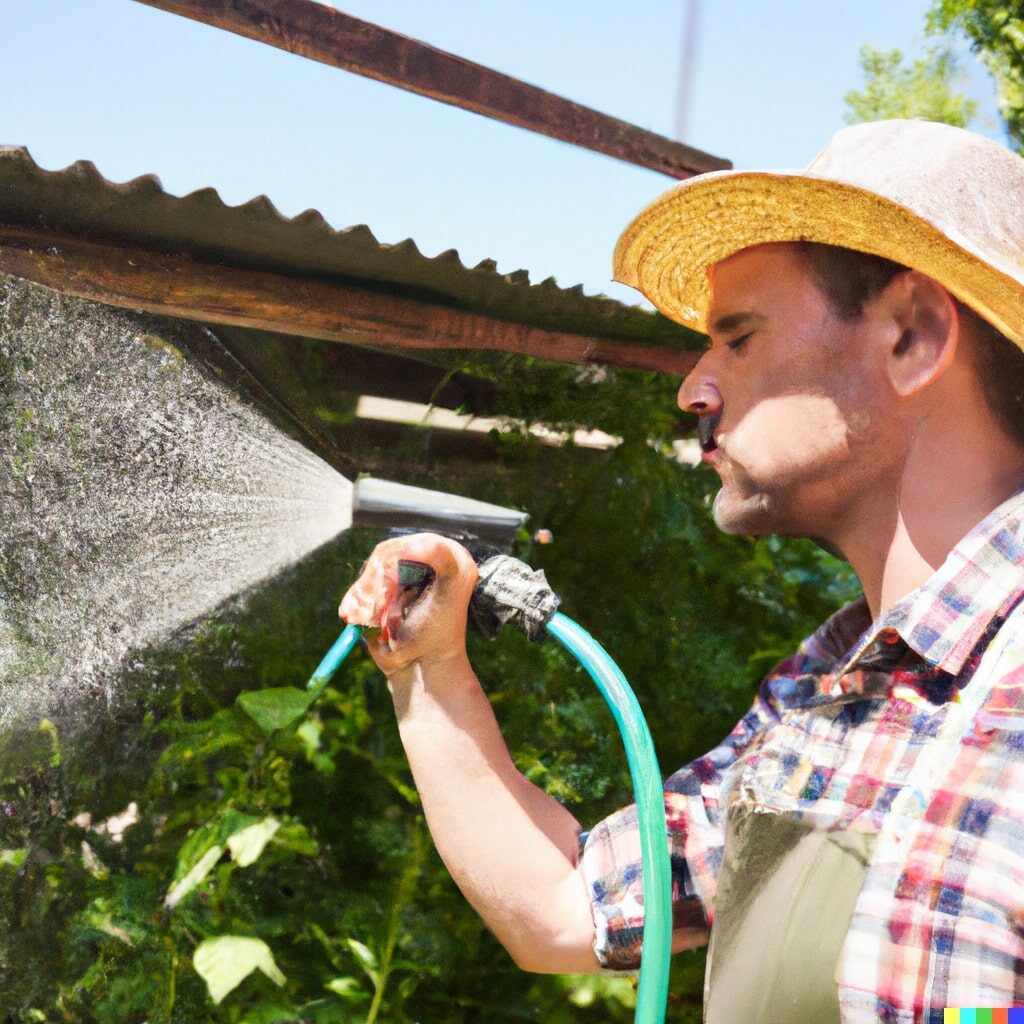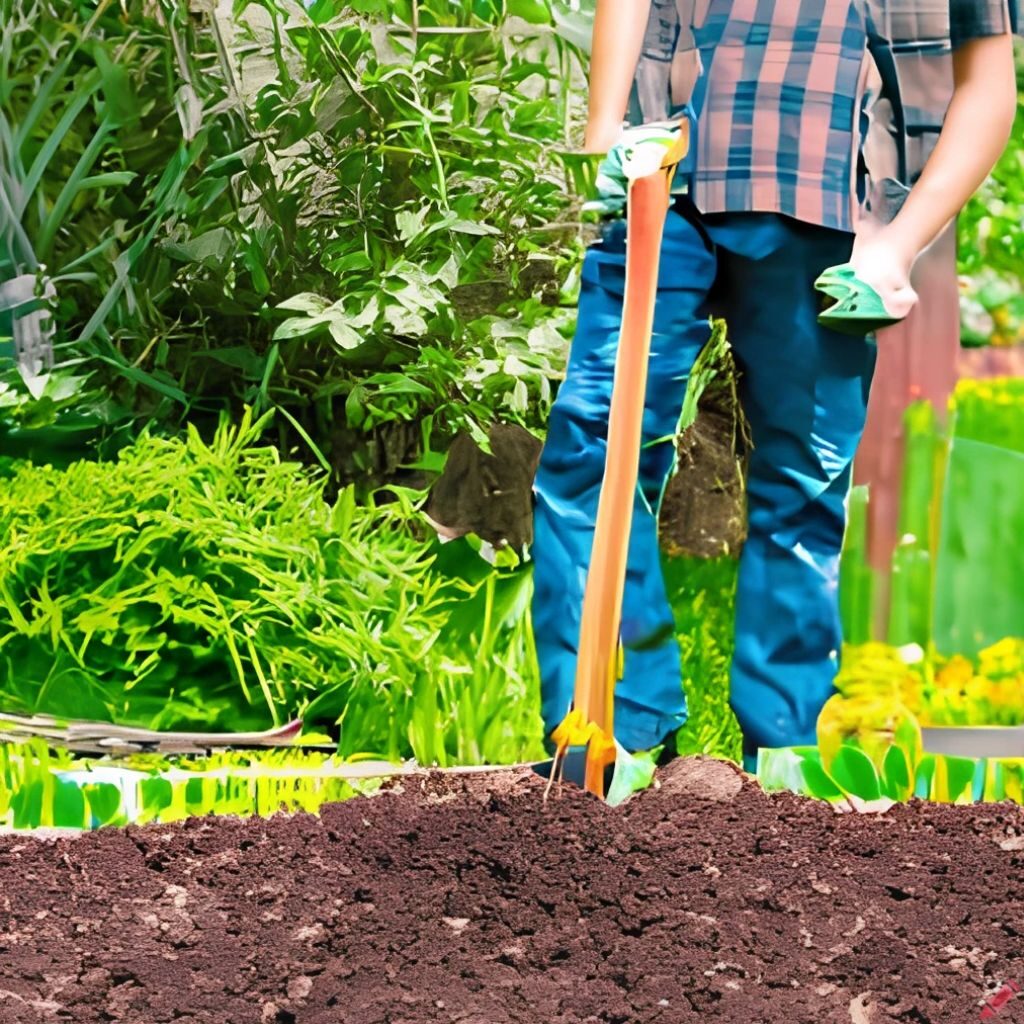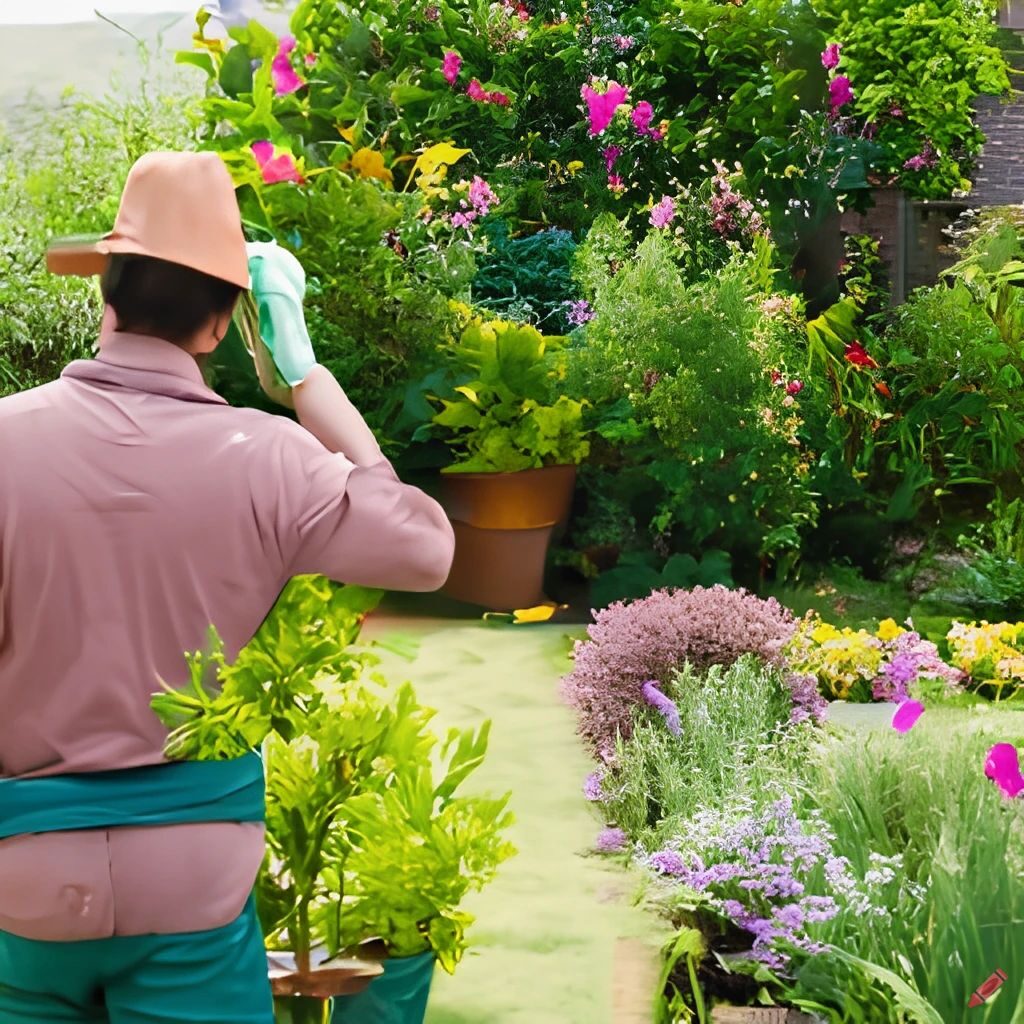Tips to follow for a perfect garden:
1. Get an idea of what you want to achieve.
2. Evaluate the available space.
3. Prepare the soil.
4. Improve soil conditions.
5. When and how to dig.
6. Choosing what to plant.
7. Planting Times.
8. Irrigation.
9. Protecting the garden from weeds.
10. Keep it up!
By Erika Rosi | Updated on March 21, 2023
Gardening for beginners is explained in ten simple steps to follow to achieve great results and be proud of your home garden during the beautiful season.
Happy gardening and good green thumb to everyone!
1 |
Get an idea of what you want to achieve.
- Do you want to set up a vegetable garden?
- Do you love the idea of an English garden with plenty of open space?
- Or do you desire a flower-filled lawn with a variety of different plants?
- And which plants and flowers do you prefer?
If you decide on annual plants, know that they will need to be replanted every year.
If you prefer perennial plants, you will have shorter flowering periods but they will be reliable and cost-effective each year.
You can also mix perennial plants with annual plants, create flower zones in contrast to evergreen spaces, or keep some areas with free grass.
In short, the possibilities are truly endless, as is the style you can achieve.
Starting from small projects will make it easier to understand nature and learn tricks and techniques of the trade.
Like any other space design project, outdoor gardening is a work in progress, especially because you will need to follow the natural course of things and this requires time and patience.
But with the right precautions and a little bit of goodwill, the result will be nothing short of amazing: nature has no limits, and by knowing and respecting it, it will give you a truly fascinating environment.
2 |
Evaluate the available space.
Whether you have decided to set up a vegetable garden, create a flower area in your lawn or a row of trees, the first thing to do is to study the spaces you have available and choose a sunny area for your crops, where you have at least 6 hours of sun a day.
You only need to spend a day in your garden to understand how the sun moves in it and which are the best places for flowering plants, evergreen shrubs or vegetables and fruit trees.
Each variety of flower requires a specific amount of light/heat, so if your garden has the ideal characteristics for plants that need full sun, opt for those varieties.
On the contrary, know that there are numerous qualities of plants and shrubs that grow well even in shaded areas.
To avoid mistakes, always carefully read the instructions on seed packets or on already grown plants or ask the experts at garden centers.
Choose the most spectacular area of the garden, where you can admire your flowers or enjoy the shade of your trees, or where you can set up a gazebo or a relaxation area.
If possible, choose a position as close as possible to a water source for your main areas, whether they are flowerbeds or a vegetable garden, as this will make irrigation more convenient.
3 |
Prepare the soil.
Once you have chosen the area, it’s time to prepare the soil for planting, whether you’re sowing vegetables or planting flowers or shrubs, the process is the same.
You need to:
- Loosen the soil (plow if you’re talking about a vegetable garden)
- Remove the grass and any weeds (it’s important to remove the roots to prevent them from re-growing, and unfortunately weeds grow very fast if you don’t remove the root)
- and literally turn the soil to mix it, this facilitates the drainage of the soil.
Eliminate any large stones, small ones are useful for the soil because they drain water, while large ones take up space for roots and limit the soil available to plants.
To save effort, it’s possible to suffocate the grass and weeds using paper or plastic sheets, or chemical herbicides, but in this way, it will take months to get the result and it’s not guaranteed to be a good result!
Many weed species are resistant, and manually removing them is the safest solution to prevent them from reappearing.
4 |
Improve soil conditions.
Once you have chosen the area, it’s time to prepare the soil for planting, whether you’re sowing vegetables or planting flowers or shrubs, the process is the same.
It is likely that the soil you will find after clearing the areas from weeds will not be rich enough or have good drainage qualities.
This is because, if we are talking about raw soil that has never been cultivated before for grass or other purposes, it will almost certainly be, at least in part, the result of construction waste, and you will find remnants of tiles, large stones, and often a lot of sand.
Especially in modern construction, gardens are set up without a sufficient amount of actual soil added: this is how companies save on the budget!
Therefore, it will be necessary to clean your soil for at least a depth of 50 cm and add organic material such as compost and peat to enrich it with the beneficial and nutrient substances that your plants need.
To improve drainage, if not present, add a part of the sand. The compost can be mixed with the soil even just on the surface, and rainfall and natural soil movements will bring it down deeper.
But what is compost?
It is organic material: withered leaves, cut grass, natural fertilizer, or even moist kitchen waste. You can create it yourself using specific containers in which these elements will decompose and create the necessary conditions to become natural fertilizers.
It won’t be difficult to understand the soil conditions in your garden, but if you have time and money, you can turn to industry professionals or the cooperative in your area.
They will almost certainly tell you that the soil is not suitable and advise you to add and remove materials as we have seen before.
5 |
When and how to dig.
Digging and mixing the soil by adding what it needs (point 4) will help the roots of your new plants penetrate easily and extract the nutrients they need in your in-ground garden.
But digging soil that is too wet or too dry can alter its structure.
The rule to follow is this: only dig when, taking a handful of soil in your hand and squeezing it, it is moist enough to form a compact ball but dry enough to crumble when you let it fall.
Use a fork or a small hoe to mix the soil and do it in the first 20-30 cm of soil. Of course, you will need to repeat the same procedure every time you plant something new, whether it’s flowers, plants, or vegetables.
To prepare a flower bed with perennial plants, the procedure is a bit different: you will need to dig the first 20-30 cm of soil and remove it, in order to work on the lower layer (also 20-30 cm), adding organic material and then replacing the two quantities of soil, that is, reversing them.
The layer that was on the surface will end up underneath, and the one that was worked on will be on top.
It’s a big job, but it will certainly make a difference in the growth of your perennial plants.
6 |
Choosing what to plant.
Now that we’ve described the “how”, let’s move on to the “what” you want to include in your new natural landscape.
Some of you may prefer to browse catalogs and magazines to get an idea of what nature offers in terms of flowers, trees, vegetables, and fruit plants; others may already know what they want to see in their garden and will only plant what excites them.
Both paths are fine, just choose varieties that are suitable for the climate, soil, and sunlight exposure of your garden.
7 |
Planting Times.
Each variety of plant, whether it’s a flower, shrub, or vegetable, prefers a specific time to be planted.
Pansies and cabbages, for example, tolerate the cold well, so you can plant them in autumn or late winter.
On the other hand, most annual flowers or some vegetables like tomatoes can’t tolerate the cold. Therefore, wait until the frost has passed in your area before proceeding with planting.
Top 10 Vegetables to grow in Fall & through Winter
The period between mid-spring and mid-autumn is ideal for planting perennial flowers.
Since these are just basic guidelines, always read carefully all the information you will find on the seed packets or ask the staff at garden centers about planting and sowing times and methods for any species you have chosen.
Some vegetable plants and flowers, such as sunflowers, are easy to grow by planting seeds instead of a fully-grown plant. On the seed packets, you will also find all the necessary information regarding the sowing season, the proper planting depth, and the distance to maintain between each seed.
If you want to get ahead on harvesting, you can start sowing even in winter to get a first harvest in spring. To do this, there are containers on the market specifically designed for plants or seeds that contain the perfect type of soil for the purpose, and you just need to place them on a windowsill that is sheltered enough and exposed to the sun, or indoors using artificial lamps.
The simplest method, however, is to buy newly born plants, called seedlings, and transplant them into your garden.
8 |
Irrigation.
All plants, especially newly born ones and seeds, need water every day until the roots strengthen and the plants grow.
Afterward, it will be necessary to monitor the moisture of the soil to understand when to water. A simple trick is to wait until the top 1-2 cm of soil is dry before watering again.
Plants ask or even beg for water when you see them wilting during the central hours of the day.
If it rains or if the weather is rather humid, it will be enough to apply the irrigation method we saw earlier. Generally, half an hour of irrigation in the early morning is sufficient even in the hottest season.
To obtain excellent drainage and avoid water from evaporating quickly when the soil heats up with the sun’s rays, always irrigate at ground level and with a gentle water pressure so that it penetrates the subsoil.
And in any case, never water the leaves under the sun!
9 |
Protecting the garden from weeds.
To avoid constant and frequent weed removal, protect your vegetable garden and flower beds with mulch.
Mulching is a cultivation technique that involves covering the soil around shrubs or flower beds with organic or inorganic material.
The advantages are manifold: it protects the area from weeds, but it also helps prevent temperature fluctuations that would damage seeds and sprouts, maintains the right level of soil moisture, and improves its composition.
Organic mulch is composed of broken leaves and twigs, bark, peat and manure. The bark is ideal and aesthetically pleasing, especially for flower beds. Inorganic mulch can be composed of clay, gravel, or volcanic rock.
10 |
Keep it up!
Now you are a gardener! Your garden is up and running and in good hands!
Remember to water and weed regularly and give your cultivated soil a dose of fertilizer in mid-season.
And now… smell the fragrance of your flowers, savor your vegetables, and enjoy the view from your new earthly paradise!
And don’t forget that:
- Spring is the right season to start working in your new garden, by sowing the lawn, planting flowers and setting up flower beds, even if planning the space and choosing the plants to include in the garden can start earlier, during the last cold months.
- Summer represents, for both professional and amateur gardeners, the period of irrigation and weeding, and it’s the time to enjoy the spectacle of blooming flowers and growing plants.
- Fall is an excellent time to plant large trees, shrubs, bulbs, and perennial plants, or to sow grass, as the lawn can rest without being trampled long enough to strengthen and thicken.
- During the winter, the gardener’s work will be limited to sporadic pruning, and the rest will be just enjoying the view of the work done during the other seasons.
